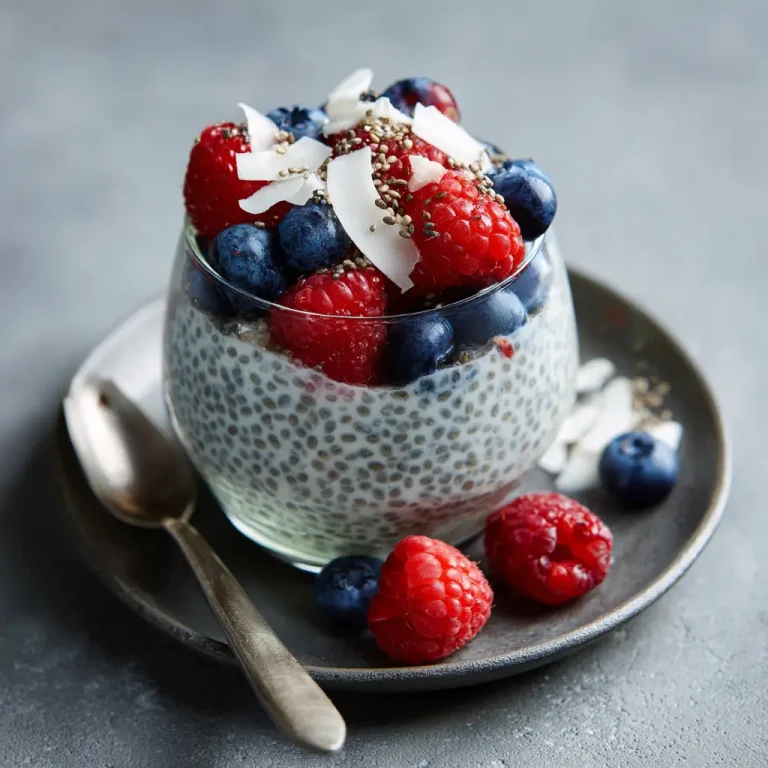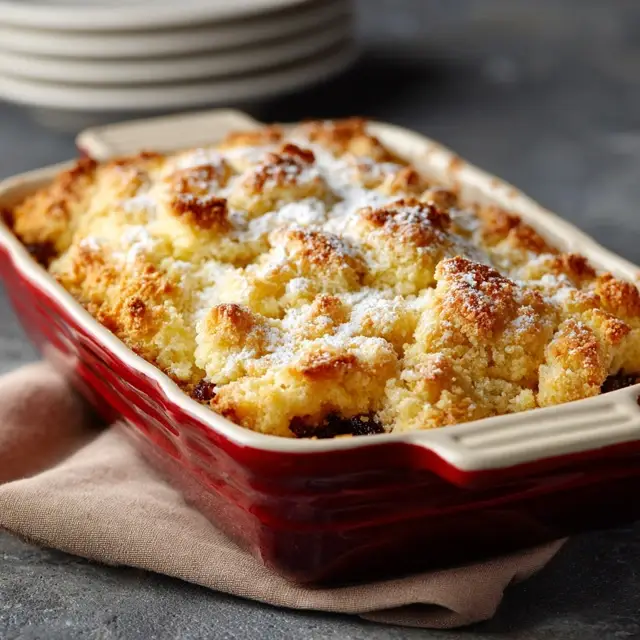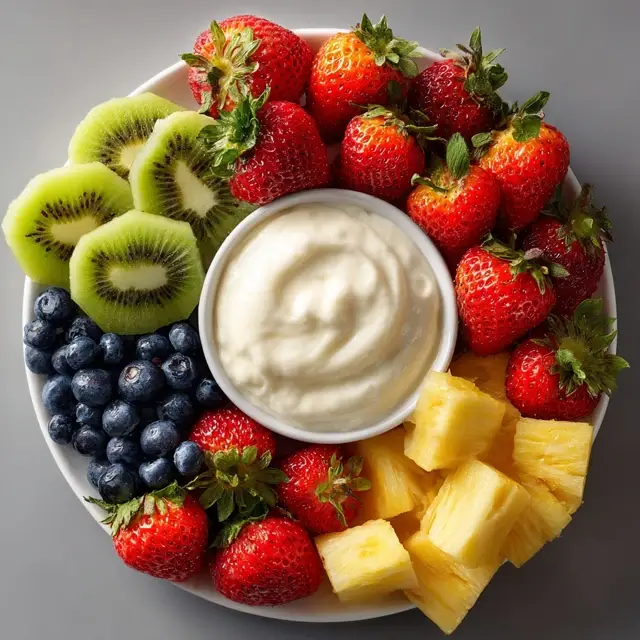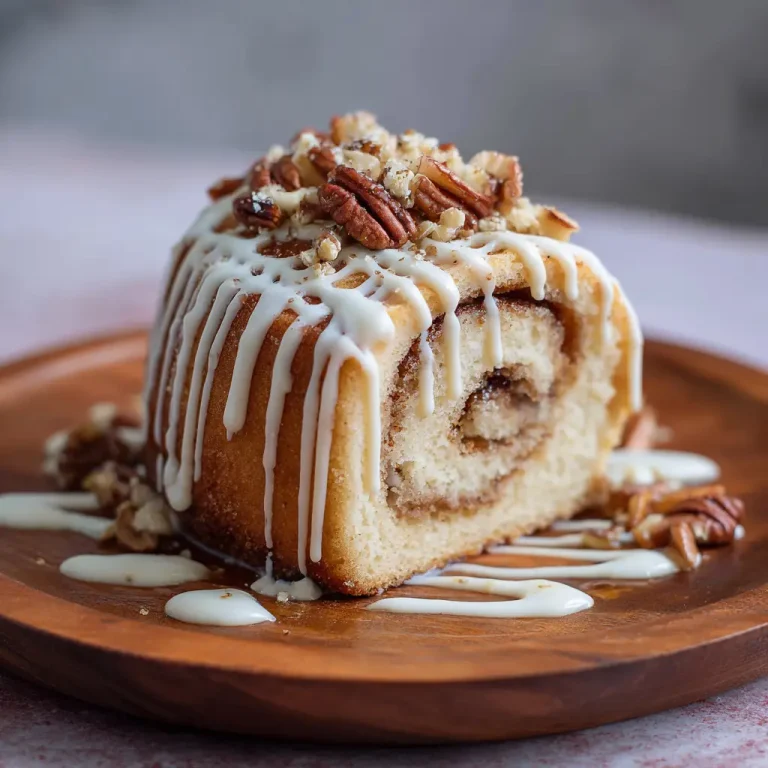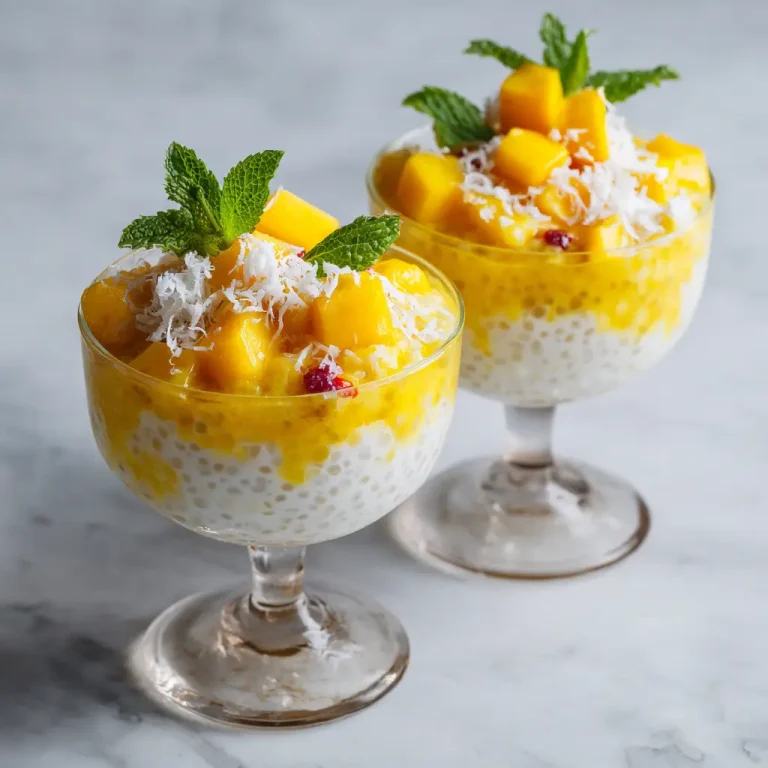Panna Cotta Recipe – Easy and Creamy Italian Dessert Guide
Introduction
Panna cotta is an iconic Italian dessert that captivates with its silky texture and delicate flavor. Its name means “cooked cream” in Italian, which perfectly describes its simple yet luxurious nature. Originating from the Piedmont region of Italy, panna cotta has evolved from a humble farmhouse treat into a sophisticated dessert served in high-end restaurants worldwide. What makes panna cotta truly special is its creamy base that melts effortlessly in your mouth, complemented by a subtle sweetness and versatility that allows for endless creative twists.
The charm of panna cotta lies in its simplicity. It requires just a handful of ingredients, yet it delivers a rich, indulgent experience. Unlike other desserts that can be complicated and time-consuming, panna cotta is quick to prepare, making it an ideal choice for both beginners and seasoned cooks. Whether served plain, adorned with fresh berries, or enhanced with exotic spices, panna cotta offers a refreshing alternative to heavier, more traditional desserts. It’s the perfect balance of lightness and decadence that appeals to all palates.
Crafting panna cotta at home not only allows you to control the quality of ingredients but also gives you the opportunity to experiment with flavors and textures. From classic vanilla to vibrant matcha or zesty citrus, panna cotta welcomes creativity without losing its signature smoothness. As a dessert that effortlessly pairs with a variety of toppings, it invites you to create a personalized treat that suits your taste and occasion.

Ingredients Needed
Creating panna cotta requires only a few basic ingredients, each contributing to the dessert’s creamy consistency and subtle flavor. The following table lists the essential components along with their approximate calorie content per serving. This helps you keep track of nutritional intake while enjoying a luscious dessert.
| Ingredient | Quantity | Approximate Calories (per serving) |
|---|---|---|
| Heavy cream | 2 cups (480 ml) | 800 |
| Whole milk | 1 cup (240 ml) | 150 |
| Granulated sugar | 1/2 cup (100 g) | 200 |
| Gelatin sheets | 3 sheets | 15 |
| Vanilla bean (or extract) | 1 pod or 1 tsp | 12 |
Step-by-Step Cooking Instructions
Making panna cotta is a straightforward process, but attention to detail ensures the perfect texture and flavor. Follow these steps carefully for a flawless dessert every time.
- Prepare the Gelatin: Start by soaking the gelatin sheets in cold water for about five to ten minutes. This softens them, making it easier to dissolve later.
- Heat the Cream Mixture: In a saucepan, combine the heavy cream, whole milk, and granulated sugar. Split the vanilla bean lengthwise and scrape the seeds into the mixture, then add the pod itself for maximum flavor infusion. Gently heat the mixture over medium heat, stirring occasionally until the sugar fully dissolves and the liquid is hot but not boiling.
- Add Gelatin: Remove the vanilla pod from the cream mixture. Squeeze excess water from the gelatin sheets and stir them into the hot cream mixture. Stir continuously until the gelatin is completely dissolved, ensuring the panna cotta will set perfectly.
- Strain and Pour: For a silky smooth texture, strain the mixture through a fine sieve into a clean bowl. This step removes any undissolved gelatin or vanilla pod bits.
- Chill: Pour the mixture into serving glasses or molds. Let it cool to room temperature before covering and refrigerating for at least four hours or overnight. The panna cotta will firm up into a delicate, custard-like consistency.“Panna Cotta ke creamy sweetness ko Air Fryer Garlic Bread Casserole ke crispy aur flavorful texture ke sath enjoy karein.”
- Serve: Once set, panna cotta is ready to be enjoyed. You can serve it directly in glasses or unmold it onto plates.

Tips for Customizing the Recipe
Panna cotta serves as a blank canvas for creativity. Here are several ways to make the recipe your own:
- Flavor Variations: Replace vanilla with ingredients like espresso, matcha powder, or citrus zest to add unique notes. Infuse the cream with lavender or rosemary for an herbal twist.
- Sweeteners: Swap granulated sugar with honey, maple syrup, or agave nectar for a natural sweetness and subtle flavor differences.
- Dairy Alternatives: For a lighter or dairy-free version, use coconut milk or almond milk, but keep in mind this may slightly alter the texture.
- Toppings: Complement panna cotta with fresh fruits such as raspberries, mango, or blueberries. Drizzle with caramel, chocolate sauce, or a coulis made from berries for added visual appeal and taste.
- Alcohol Infusion: Adding a splash of liqueur like Amaretto, Grand Marnier, or Chambord can elevate the dessert to a sophisticated level.
- Presentation: Serve panna cotta in elegant glasses, ramekins, or silicone molds shaped like flowers or hearts for a festive occasion.

Nutritional Information
Panna cotta is rich and indulgent, mainly due to its creamy ingredients. A typical serving contains around 300 to 350 calories, with most of those calories coming from fat in the heavy cream. It is low in carbohydrates unless sweetened heavily or served with sugary toppings. Here is a general nutritional breakdown per serving:
- Calories: Approximately 350
- Fat: 30 grams (majority saturated fat)
- Carbohydrates: 15 grams
- Sugar: 12 grams
- Protein: 4 grams
- Fiber: 0 grams
While panna cotta is not a low-calorie dessert, its light texture and relatively small serving size make it a delightful treat to enjoy occasionally. For those mindful of calories, using lighter dairy options or reducing sugar can help balance indulgence and nutrition.
Serving Suggestions
Panna cotta pairs beautifully with a variety of accompaniments. For a classic touch, serve it topped with fresh berries like strawberries or blueberries and a sprig of mint for color and freshness. A drizzle of berry coulis or chocolate ganache adds depth and visual appeal.
For a tropical flair, try topping panna cotta with sliced mango and toasted coconut flakes. Citrus segments and a dusting of zest create a bright contrast to the creamy base. When aiming for elegance, pair it with a spoonful of fruit preserves or a splash of balsamic reduction for an unexpected but delicious twist.
Presentation matters, so consider using clear glassware to showcase panna cotta’s smooth texture. Garnish with edible flowers or crushed pistachios for a gourmet finish. Serving panna cotta chilled on a hot summer day provides a refreshing end to any meal, while warming spices added during preparation can make it comforting during cooler months.
Panna Cotta Recipe – Easy and Creamy Italian Dessert Guide
Course: Blog4
servings10
minutes10
minutes350
kcalIngredients
2 cups (480 ml) heavy cream
1 cup (240 ml) whole milk
1/2 cup (100 g) granulated sugar
3 gelatin sheets (or 2 1/2 tsp powdered gelatin)
1 vanilla bean (split and seeds scraped) or 1 tsp vanilla extract
Directions
- oak gelatin sheets in cold water for 5 to 10 minutes until soft. (If using powdered gelatin, sprinkle it over 3 tablespoons of cold water and let bloom for 5 minutes.)
- In a saucepan, combine heavy cream, whole milk, and sugar. Add vanilla bean seeds and the pod itself (or vanilla extract if using). Heat over medium heat, stirring occasionally until sugar dissolves and mixture is hot but not boiling.
- Remove the vanilla pod from the mixture. Squeeze excess water from gelatin sheets and stir them into the hot cream mixture until completely dissolved. If using powdered gelatin, stir it in until fully dissolved.
Recipe Video
Notes
- For best results, do not boil the cream mixture; keep it just below boiling point to preserve a smooth texture.
Gelatin sheets give the best texture, but powdered gelatin works well as a substitute.
Frequently Asked Questions
How long does panna cotta need to chill?
It requires at least four hours to set properly in the refrigerator, but overnight chilling is ideal for the best texture.
Can I make panna cotta ahead of time?
Absolutely. Panna cotta can be prepared a day in advance, making it convenient for parties or special occasions.
Is gelatin the only setting agent?
Traditionally, yes. However, agar-agar can be used as a vegetarian alternative but may slightly change the texture.
How do I unmold panna cotta without breaking it?
Dip the mold briefly in warm water to loosen the edges, then gently invert onto a plate.
Can panna cotta be frozen?
Freezing is not recommended because it can alter the creamy texture and cause separation when thawed.
Conclusion
Panna cotta remains a timeless dessert that enchants with its simplicity and elegance. Its creamy, melt-in-the-mouth texture combined with subtle sweetness makes it a favorite across generations. Whether you stick to the classic vanilla or experiment with bold new flavors, panna cotta offers endless possibilities to satisfy your sweet tooth while impressing guests.


